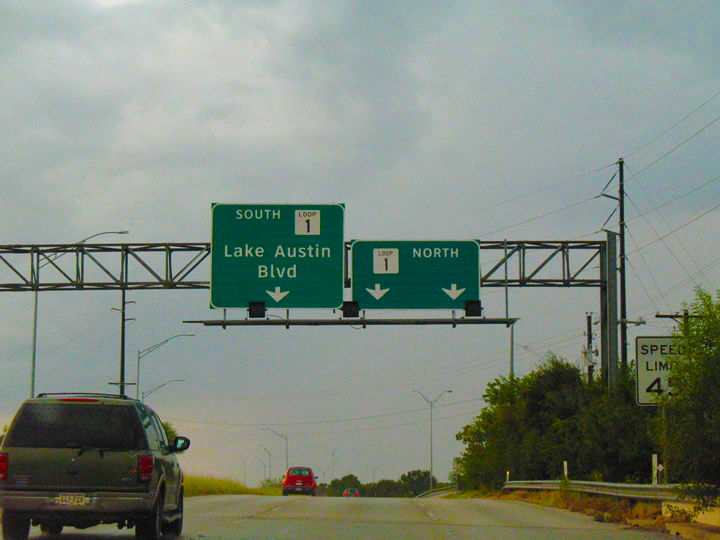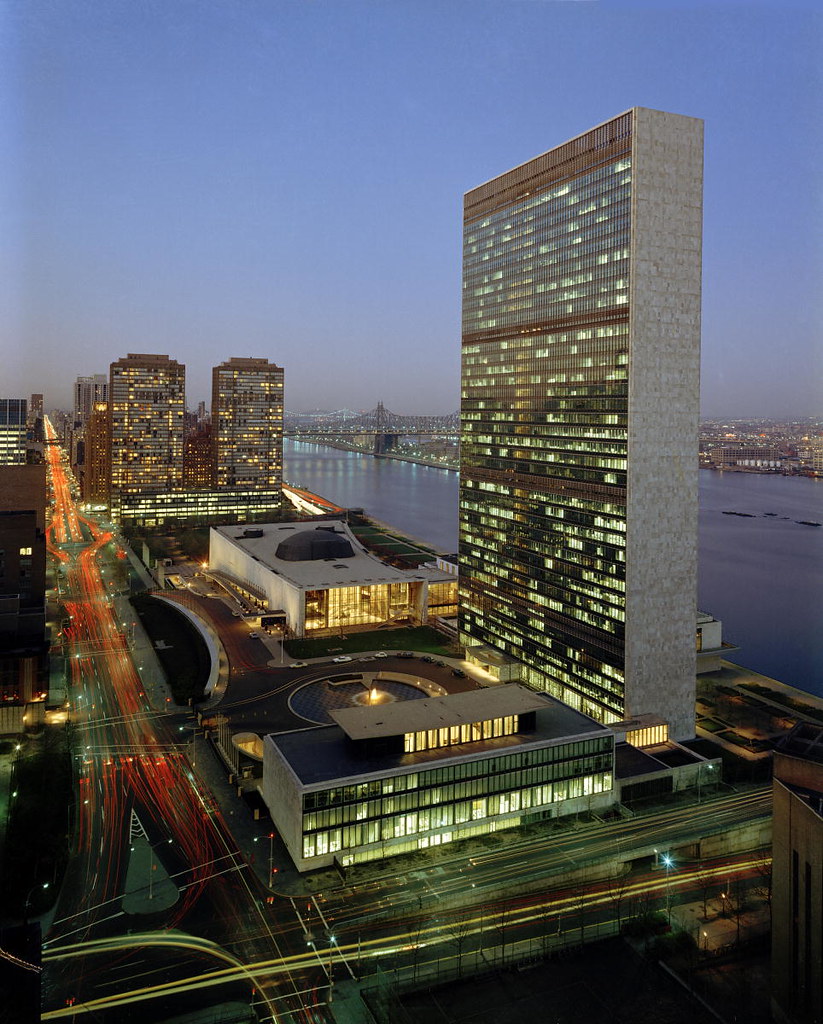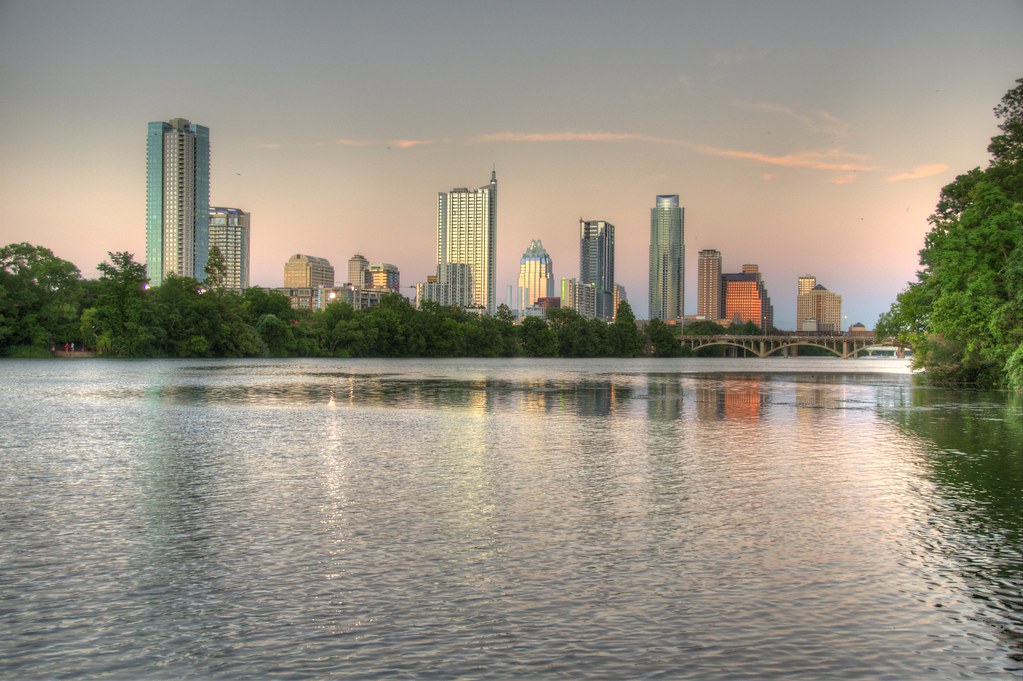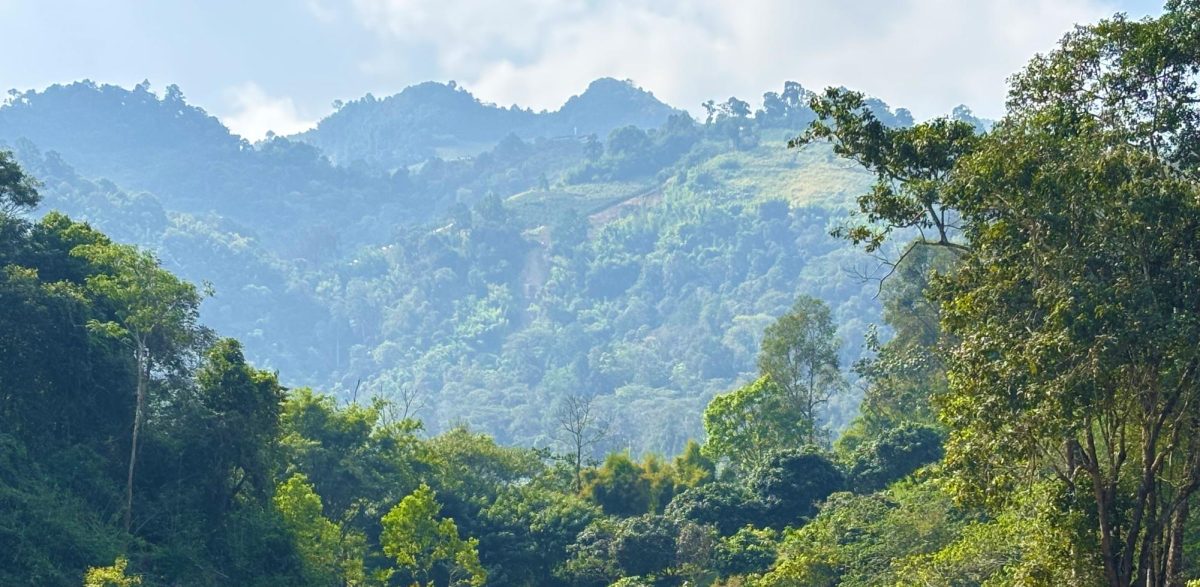Beginning construction in 1973, Texas State Highway Loop 1, or MoPac, has become one of the most utilized expressways in the greater Austin area, with an estimated 200,000 daily commuters. However, with all this traffic comes problems, like excessive congestion and blocked exit ramps, making it difficult for the developing neighborhoods and businesses around the freeway. However, city plans for the highway often include the addition of at least one express toll lane stretching from South Austin to downtown. Many residents question what this addition to MoPac would actually do to their arrival time, and fear that the extensive construction will cause residents, especially those entering Austin High, to experience longer travel times for the next couple of years.
Built along the right-of-way of the Missouri Pacific Railroad (MoPac) in the early ‘70s, the highway has developed into one of Austin’s main ways of transportation and an artery to north, south, and downtown Austin. The southern part of Mopac begins at State Highway 45, intersecting Ben White and Loop 360. MoPac intersects Research Boulevard on the northern side before ending at Parmer Lane. The entire length of MoPac is about 26 miles long and runs throughout all of Austin. Since its creation, MoPac has gone through several projects to build the expressway. In 2002, The Texas Department of Transportation (TxDOT) completed the construction of the tollway for the Central Texas Turnpike Project, which aimed to gather the needed funds to maintain service requirements for the growing Texas population. This also featured freeway access to Interstate 35. Projects aimed at improving MoPac have also appeared, with additional lanes being proposed as early as 1994 by TxDOT when Austin didn’t have nearly the population it does today. Construction began in 2013, but due to conflicts and delays, the first tolled section from RM 2222 to Parmer Lane didn’t open until late 2016. The entire southbound express lane finally opened in late 2017, over 2 years after the originally scheduled completion.
Austin is home to the Edwards Aquifer, lush environments, and the Colorado River running next to its downtown. However, these beautiful features come with protection concerns by residents, hoping to preserve their city. With the proposal of the MoPac corridor from Cesar Chavez Street to Slaughter Lane, the beginnings of MoPac South, an environmental study completed in 2013 showed a Finding of No Significant Impact. However, the project was delayed by the Save Our Springs lawsuit, created to protect Barton Springs, which claimed that the project was not following the National Environmental Policy Acts. Even after the lawsuit was settled in 2018, the project remained delayed due to funding and the pandemic. Environmental concerns remain among the public today, with automobile air pollution being a major crisis for many. The expansion of MoPac South is seen as a direct threat to the pollution of our springs, affecting both environmental impacts from construction and our watersheds. Many people fear that the forestation and nature that has developed around MoPac going into the city will be removed, or that the construction will pollute and cause greater harm to our city.
The city has held multiple committees to hear public concern, with a major briefing at city hall on November 14, 2024, and an open house here at Austin High School. Members of organizations like ReThink 35 showed up to display their concern about completing a project whose study was done over 15 years ago. Many critics of highway expansion recognize the racial and socioeconomic divide that expansion of Austin’s highways, like the creation of I-35, has had in the city’s history. Further, multiple sources show that expanding highways makes roads more congested called induced demand. This has been seen in Texas Highways like the giant Katy Freeway in Houston or on I-35. Further, the construction of MoPac South will take years to complete, and a major part of the construction takes place right outside of Austin High. This will cause all current high schoolers and faculty to be affected by the construction, impacting arrival time dramatically. However, others believe that all this funding, construction, and expansion is necessary for the growing city of Austin. Efforts to expand Austin’s most vital roads began before 2000, with the current population of Austin having grown significantly since then. MoPacSouth.com features the main overview of the project and highlights the environmental concerns taken into account for this project. Further, the website shows the projected look of the highway expansion, with maps and videos featuring the new expressway. Opinions on the expansion are polarized, and more committee meetings and open houses will shine greater light on the public’s reception of the renovation.
Traffic is getting worse, but is the MoPac South development the solution? Austin’s population continues to grow, and greater transportation opportunities for residents need to occur; however, we must also be cautious in preserving Austin’s unique but delicate environment. Further, residents must ensure that this extension truly will mitigate traffic congestion, instead of promoting it. Community input is needed for these developments, and all of Austin, including Austin High School, can reach out and share their thoughts. The Austin High community will be affected by the construction and development of MoPac South, but the extent to which is yet to be determined.









